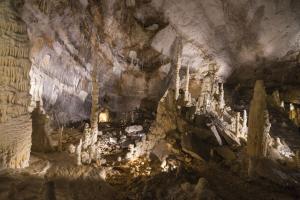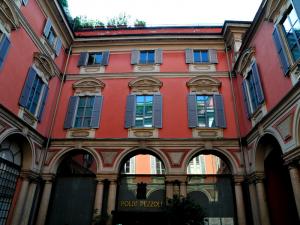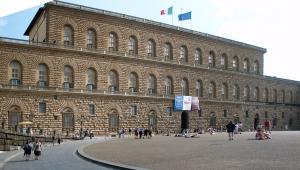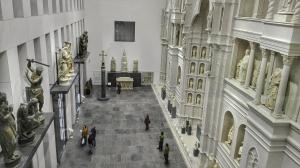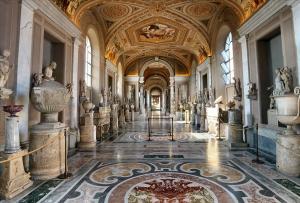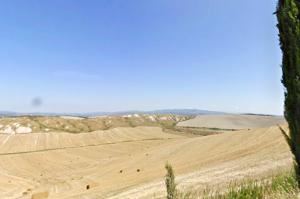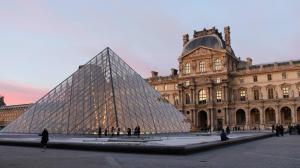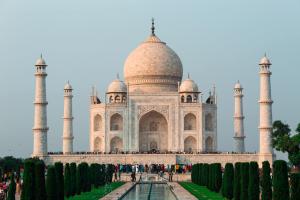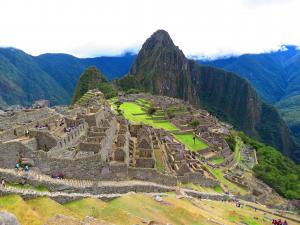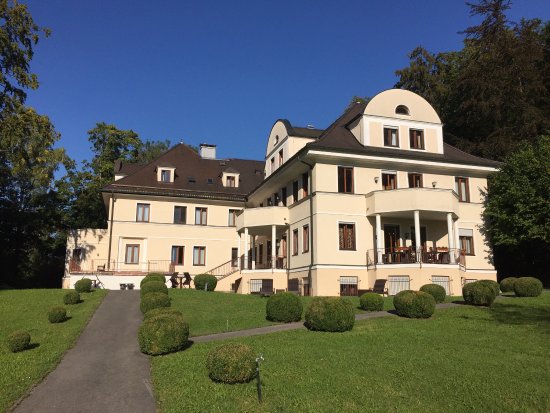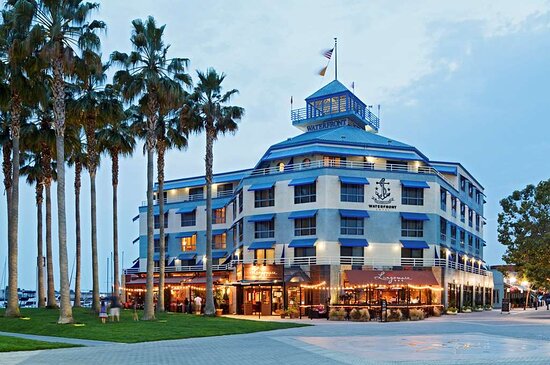From an architectural perspective, it was conceived as a modern forum, an agora on three levels connected by stairways and dominated by a portico characterized by a colonnade. The complex process of national unity and liberation from foreign domination carried out by King Victor Emmanuel II of Savoy, to whom the monument is dedicated, has a great symbolic and representative value, being architecturally and artistically centred on the Italian unification—for this reason the Vittoriano is considered one of the national symbols of Italy.
Monument of Vittorio Emanuele II
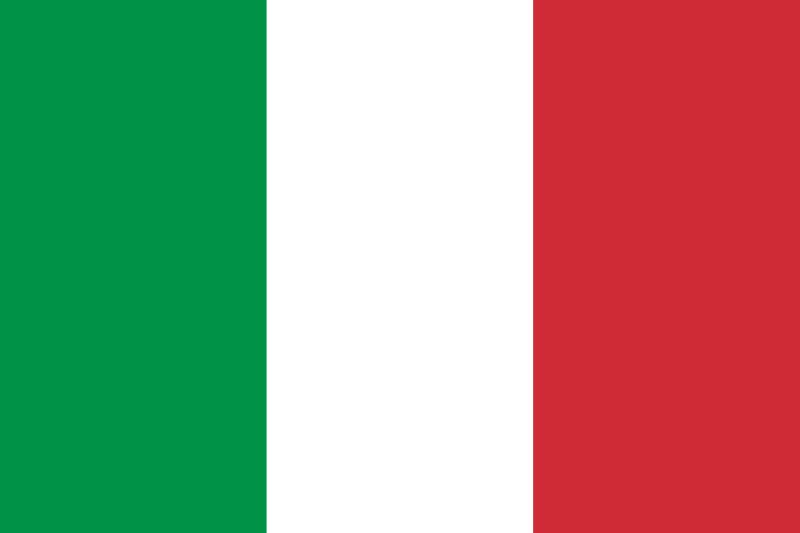
, Italy
Overview
From an architectural perspective, it was conceived as a modern forum, an agora on three levels connected by stairways and dominated by a portico characterized by a colonnade. The complex process of national unity and liberation from foreign domination carried out by King Victor Emmanuel II of Savoy, to whom the monument is dedicated, has a great symbolic and representative value, being architecturally and artistically centred on the Italian unification—for this reason the Vittoriano is considered one of the national symbols of Italy.
things to do
attractions
Plan your trip to Italy
Experience the best tours, attractions & activities you won’t want to miss.
Enjoy up to 50% on hotels and restaurants in Italy
Experience the best tours, attractions & activities you won’t want to miss.
Overview
In our recommendation of places to visit in Italy, this Tourist Attractions in | Museums in | Buildings in | leads the conversation. Monument of Vittorio Emanuele II is considered as one of the most important attraction in . For a Tourist Attractions in | Museums in | Buildings in | it holds some of the most historic artifacts in Italy. This maybe why it is considered the best Tourist Attractions in Italy| Museums in Italy| Buildings in Italy| by some of the residences. It is impossible to talk about sightseeing in or sightseeing in Italy without talking about the Monument of Vittorio Emanuele II.
There are so many attractions in Italy to visit when you are considering things to do in Italy especially when you are looking at things to do in . So, if you are considering sightseeing in when you are around then this Tourist Attractions in Italy| Museums in Italy| Buildings in Italy| should be top on your list. on its own is seeing as one of the top cities in Italy when you are looking for things to do in Italy. Which is why we are not surprised with this Tourist Attractions in Italy| Museums in Italy| Buildings in Italy| , Italy is seen as one of the most popular in the country. There are other places to go in , however, this place remains one of the most popular amongst tourists. There is no tour guide comprising of places to visit in Italy that doesn’t have the Monument of Vittorio Emanuele II.
